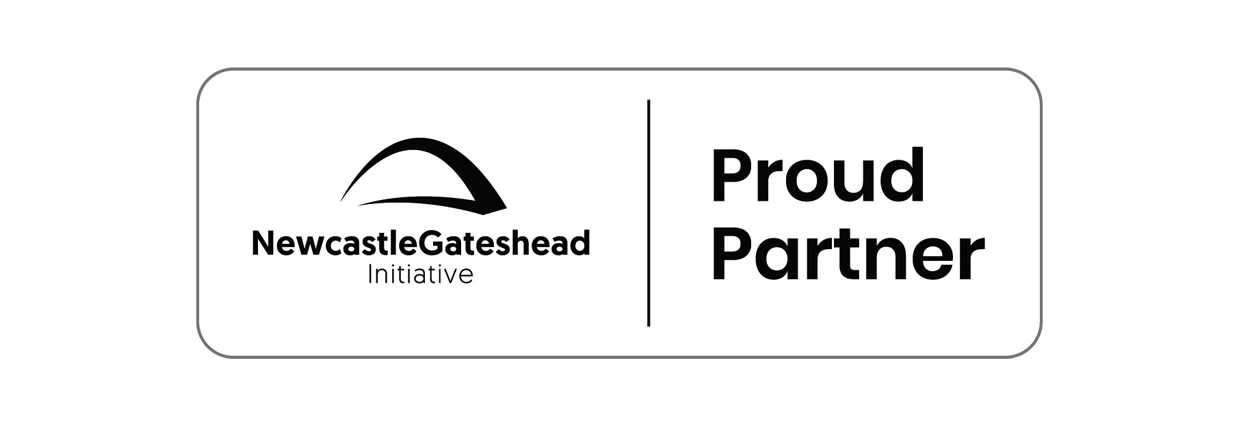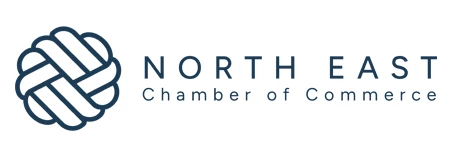
Partner Article
Five common mistakes business leaders make with AI
There’s no shortage of bold promises about AI. Most of us know by now it isn’t a magic wand that will double the size of a business overnight.
The reality is more practical. AI can’t do the impossible, but it can speed up and scale the work humans are already doing.
With that in mind, it’s clear that, whether magic or not, businesses should be actively exploring AI and the surrounding technology needed to get the most out of it.
Connor Harrison, Takeoff Tools’ system, automation and AI specialist, said: “Whilst supporting a number of creative teams with systems, automation and AI adoption, we’ve noticed the same mistakes being made by business leaders when approaching these types of project.”
Here are five common mistakes to avoid:
Data foundations
With the rise in accessibility of AI, automation tools, like Zapier and n8n, can now deliver significant return on investment for small businesses. But this can mislead leaders.
Sometimes referred to as the “shiny object issue”, business leaders are dazzled by the potential of AI and automation, leading them to rush into projects with unrealistic expectations.
The truth is that any good automation requires access to structured, up-to-date data. That means having solid core systems in place to capture and organise information. Driving full adoption of core systems can be challenging, but it is essential before considering “shiny” AI projects.
Experimental mindset
AI and automation have been around long enough for best practices to start emerging, but there is still much to learn. Additionally, every business is different, an automation that delivers ten times the return on investment for one business may flop in another.
For leaders, this means approaching AI projects as experiments and accepting that some will work while others will not. The faster a business can test and learn, the faster it will discover successful implementations that generate savings or new revenue.
Over planning
This point ties closely to the need for an experimental mindset. Spending weeks creating detailed workflow designs and plans for a new automation is unproductive at best.
Instead, start simple. Build something basic that works, validate whether the potential return on investment is realistic, and when it is, double down and refine it.
Held back by security concerns
While cyber security should always be taken seriously, it shouldn’t become a blocker. The key is to put the right measures in place and keep moving forwards.
Start by establishing an internal AI policy. Include a vetting process, and ensure any large language models or other tools that will access and store data are SOC 2 and ISO 27001 compliant. These accreditations are rigorous, and they reduce risk to an acceptable level given the potential reward.
Trying to close the knowledge gap alone
Systems, AI and automation move quickly, and many business leaders underestimate the challenge of building the necessary skills in-house.
When teams are tasked with learning new tools on top of their day-to-day work, projects can stall. Valuable time is spent up-skilling rather than testing and improving, and momentum is lost before the business sees any real return.
Bringing in external expertise can bridge this gap. It allows businesses to move faster, avoid common pitfalls, and focus on applying what works rather than reinventing the wheel.
George Brown is co-founder of Newcastle based systems and automation consultancy firm Takeoff Tools.
This was posted in Bdaily's Members' News section by George Brown .








 How to make your growth strategy deliver in 2026
How to make your growth strategy deliver in 2026
 Powering a new wave of regional screen indies
Powering a new wave of regional screen indies
 A new year and a new outlook for property scene
A new year and a new outlook for property scene
 Zero per cent - but maximum brand exposure
Zero per cent - but maximum brand exposure
 We don’t talk about money stress enough
We don’t talk about money stress enough
 A year of resilience, growth and collaboration
A year of resilience, growth and collaboration
 Apprenticeships: Lower standards risk safety
Apprenticeships: Lower standards risk safety
 Keeping it reel: Creating video in an authenticity era
Keeping it reel: Creating video in an authenticity era
 Budget: Creating a more vibrant market economy
Budget: Creating a more vibrant market economy
 Celebrating excellence and community support
Celebrating excellence and community support
 The value of nurturing homegrown innovation
The value of nurturing homegrown innovation
 A dynamic, fair and innovative economy
A dynamic, fair and innovative economy